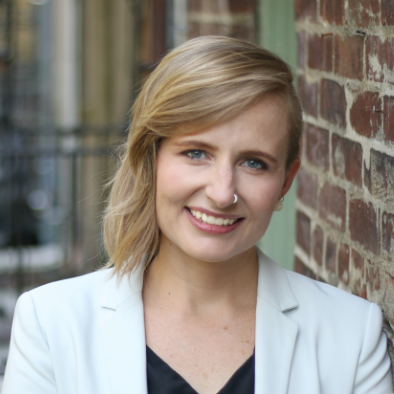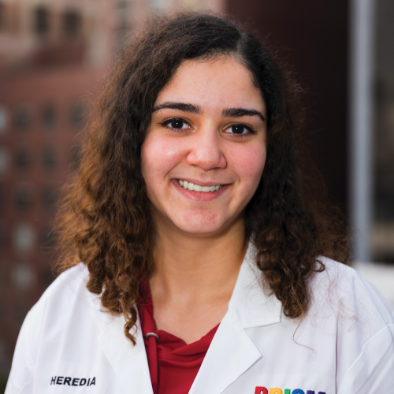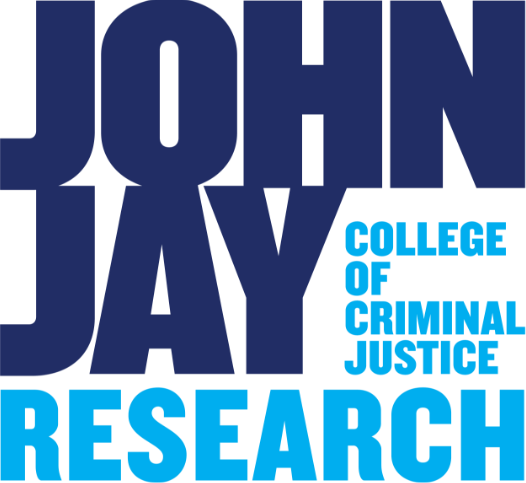Student Notes

Ph.D. candidate in criminal justice Jennifer Peirce is focusing her dissertation work on a unique process of prison reform in the Dominican Republic, where the government has converted about half its prisons to a “new model” prioritizing human rights and rehabilitation. During six months of fieldwork in an environment with very little preexisting research on its prisons, Jennifer found that changes to material conditions and access to education were most important to people from lower socioeconomic strata. She also found that the formalization of rigid routines between staff and incarcerated people has mixed consequences for their well-being. She is currently working with the Dominican government to find ways to integrate incarcerated people’s insights on their own lived experiences and the lessons she has learned into developing policy to guide the continuing prison conversion.



Ayanna’s research project, entitled “Maybe I’ve Seen Too Much: Examining the Impact of Vicariously Experiencing Police Brutality on Social Media,” found that at least 63 percent of her participants experienced some form of trauma as a result of seeing police brutality on social media. As she heads to graduate study at Northeastern University, Ayanna hopes to continue pursuing a research agenda that examines how the presence of trauma as a result of police violence, and resultant reduction in trust levels, impacts community policing efforts in black communities.
Victoria Fix (’19) wants to understand how social benefit corporations—companies that are legally bound to make social change through their business practices—are making the United States a more environmentally friendly country, and why some states are welcoming them in while others are not. Her research suggested that states with stronger environmental regulations and increasing unemployment rates from 2001–2010 may be more likely to adopt corporate social benefit policy. Victoria believes that states are trying to address social welfare by embracing more socially conscious businesses. New York was among the first states to open up to these companies, in 2012.
As a student researcher, Victoria feels John Jay College is a unique place for students driven, as she is, to complete their own projects. She calls her mentor, Dr. Heath Brown of the political science department, her “best advocate,” and said the school’s research resources are “empowering students to feel like they can pursue their own research.” So far, Victoria has been encouraged to take her research public; she has presented the project at the CUNY Tech Meetup City Tech event, a CUNY community event sponsored by Microsoft Cities to let attendees connect to gain insights about New York City’s technology and innovation culture.
Marienela Heredia (’19) has always been captivated by science. Growing up, frequent microbial infections made her curious about how such tiny organisms could make her feel so sick. Participating in John Jay’s Program for Research Initiatives in Science and Math (PRISM) set Marienela on a professional path. As a PRISM student, she joined Dr. Jason Rauceo’s lab and studied a human fungal pathogen, Candida albicans, that affects more than 60,000 people annually in the United States.
Her research focused on how this fungus is able to adapt to harsh environments and stressors within the human body, like high salt concentrations or acidic pH levels. The lab worked on trying to characterize a protein in C. albicans, called Slp2p, that might be responsible for its astonishing adaptability. And they think they’ve located it, in the mitochondria of C. albicans cells! They’re now trying to figure out how it works, which is the next step in learning about its role in this important fungus’s ability to hang around and make us sick.
For her exceptional work in Dr. Rauceo’s lab and accomplishments as a maturing scientist, Marienela was honored at this year’s PRISM Undergraduate Research Symposium as the 2019 Outstanding Undergraduate Researcher. She is headed to the University of Wisconsin to pursue her Ph.D. in the fall.
